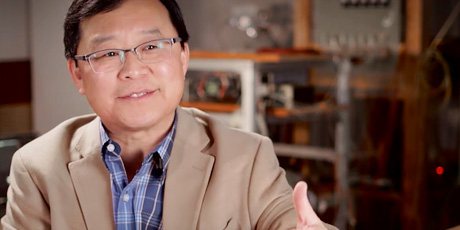Car Costs
Rethinking Affordability
New research demonstrates the impact transportation has on housing costs in urban regions

Shima Hamidi
Cities lauded as having affordable housing may be overlooking a key element: transportation costs. In a study published in the journal Housing Policy Debate, Assistant Professor Shima Hamidi looked into how location affects affordability in reality.
"What we discovered is that many of the locations around the United States that don't have public transportation also don't really offer affordable housing, because residents have to purchase a car and insurance and spend time commuting," explains Dr. Hamidi, who collaborated on the project with Reid Ewing, professor and director of the Metropolitan Research Center at the University of Utah. "It becomes a social equity issue. The ability to get to quality jobs or schools is limited because of the transportation costs involved."
The researchers evaluated more than 18,000 Department of Housing and Urban Development rental assistance properties from around the country. They found that 44 percent of the units had occupants who spent, on average, more than 15 percent of their incomes on transportation costs. The ratio of transportation cost to income rose dramatically in areas without public transit.
Dallas was well above that 44 percent benchmark at 72 percent. Other notable cities included Buffalo at 84 percent and Phoenix at 97 percent.
"The study recommends that public entities locate affordable housing where public transit is available or offer transportation subsidies so people can afford cars and insurance," says Hamidi, who is also director of the Institute of Urban Studies.

















